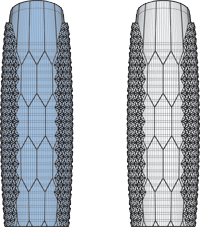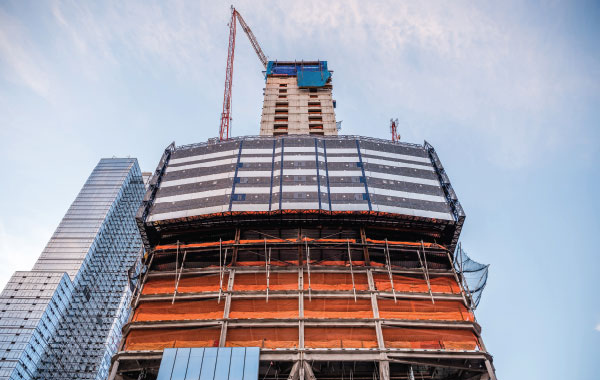Filter by
You must be a CTBUH Member to view this resource.

Al Bahar Towers
Complex
Completed
office
884
Note: Only buildings that have GPS coordinates recorded are displayed.
|
RANK
|
Name
|
Completion
|
Height
|
Floors
|
Function
|
|---|---|---|---|---|---|
| 1 | Al Bahar Tower 1 | 2012 |
145 m / 476 ft |
29 | Office |
| 1 | Al Bahar Tower 2 | 2012 |
145 m / 476 ft |
29 | Office |
2012 CTBUH Awards
2012 CTBUH Awards
19 October 2012 - Awards

18 October 2012
Al Bahar Towers’ innovative dynamic façade opens and closes in response to the movement of the sun, creating a more comfortable internal environment for occupants...

25 April 2019
Daniel Safarik, CTBUH
In this paper, the Council on Tall Buildings and Urban Habitat seeks to define “innovation” in terms of the potentially transformative technologies and practices for...

18 October 2012
Al Bahar Towers’ innovative dynamic façade opens and closes in response to the movement of the sun, creating a more comfortable internal environment for occupants...

18 October 2012
As the inaugural winner of the Innovation Award, Peter Chipchase & Peter Oborn discuss the highly technical aspects of the Al Bahar Towers' dynamic shading...

05 February 2010
Aedas presents their competition winning proposals for a new headquarters building for the Abu Dhabi Investment Council. The concept is derived from an algorithmic composition,...
Subscribe below to receive periodic updates from CTBUH on the latest Tall Building and Urban news and CTBUH initiatives, including our monthly newsletter. Fields with a red asterisk (*) next to them are required.
View our privacy policy